PlayStation 1 Game Sequels: Following Up on Classic Titles
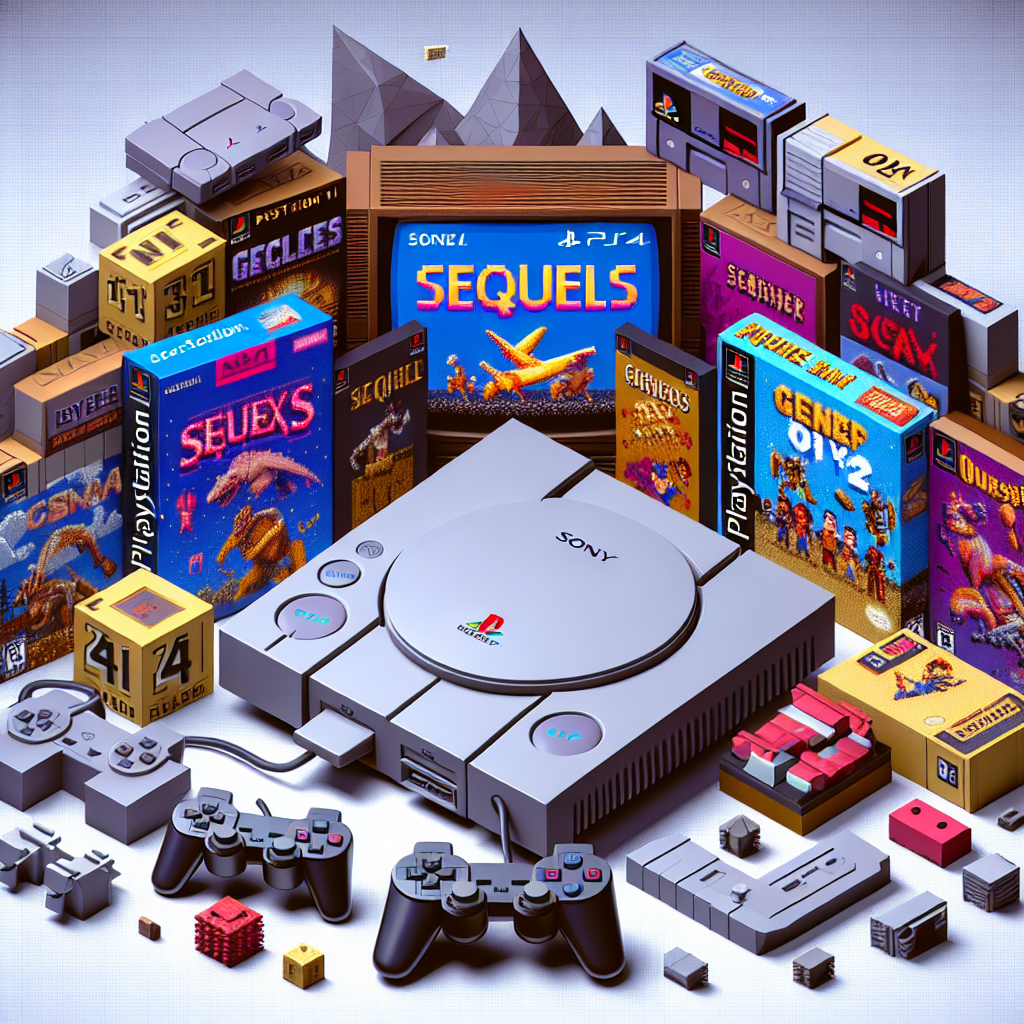
PlayStation 1, also known as PS1, was a revolutionary gaming console that introduced us to iconic titles that have stood the test of time. Many of these classic games have received sequels on newer consoles, aiming to capture the magic of the original while adding modern twists. Let’s delve into the world of PlayStation 1 game sequels and explore how developers have approached following up on these beloved titles.
Evolution of Gameplay
One of the key aspects of creating a successful sequel is evolving the gameplay while staying true to the essence of the original. Developers often introduce new mechanics, improved graphics, and enhanced storytelling to keep players engaged. A prime example of this is the “Crash Bandicoot” series, which transitioned from 2D platforming to 3D environments in its sequels.
Case Study: “Resident Evil”
“Resident Evil” is a prime example of a PlayStation 1 game that has seen successful sequels on newer consoles. The original game, released in 1996, revolutionized the survival horror genre. Its sequels, such as “Resident Evil 2” and “Resident Evil 3: Nemesis,” built upon the foundation laid by the first game, introducing new characters, settings, and gameplay mechanics.
Building on Nostalgia
Sequels to PlayStation 1 games often leverage nostalgia to appeal to both old fans and new players. By incorporating familiar characters, locations, and music, developers can create a sense of continuity that resonates with the audience. This approach can be seen in the “Final Fantasy” series, which has released numerous sequels and spin-offs over the years.
Example: “Spyro the Dragon”
“Spyro the Dragon,” originally released on PlayStation 1, received a sequel titled “Spyro 2: Ripto’s Rage!” The game retained the charming protagonist, vibrant world, and collect-a-thon gameplay of the original while expanding on the story and introducing new gameplay elements.
Embracing Innovation
While nostalgia plays a crucial role in sequels, developers also strive to innovate and push boundaries to deliver fresh experiences. By incorporating new technologies, gameplay mechanics, and storytelling techniques, sequels can captivate players and breathe new life into beloved franchises. The “Metal Gear Solid” series is a shining example of this, with each sequel pushing the boundaries of storytelling and gameplay.
Statistics and Trends
- According to a survey conducted by PlayStation, 70% of gamers prefer sequels to original games.
- Sequels tend to perform better in terms of sales and critical reception compared to new IPs.
Summary
Sequels to PlayStation 1 games offer a unique opportunity to revisit beloved titles while exploring new possibilities. By evolving gameplay, building on nostalgia, and embracing innovation, developers can create sequels that resonate with both old fans and new players. Whether it’s reviving classic franchises or introducing new twists to familiar worlds, PlayStation 1 game sequels continue to captivate audiences and push the boundaries of gaming.














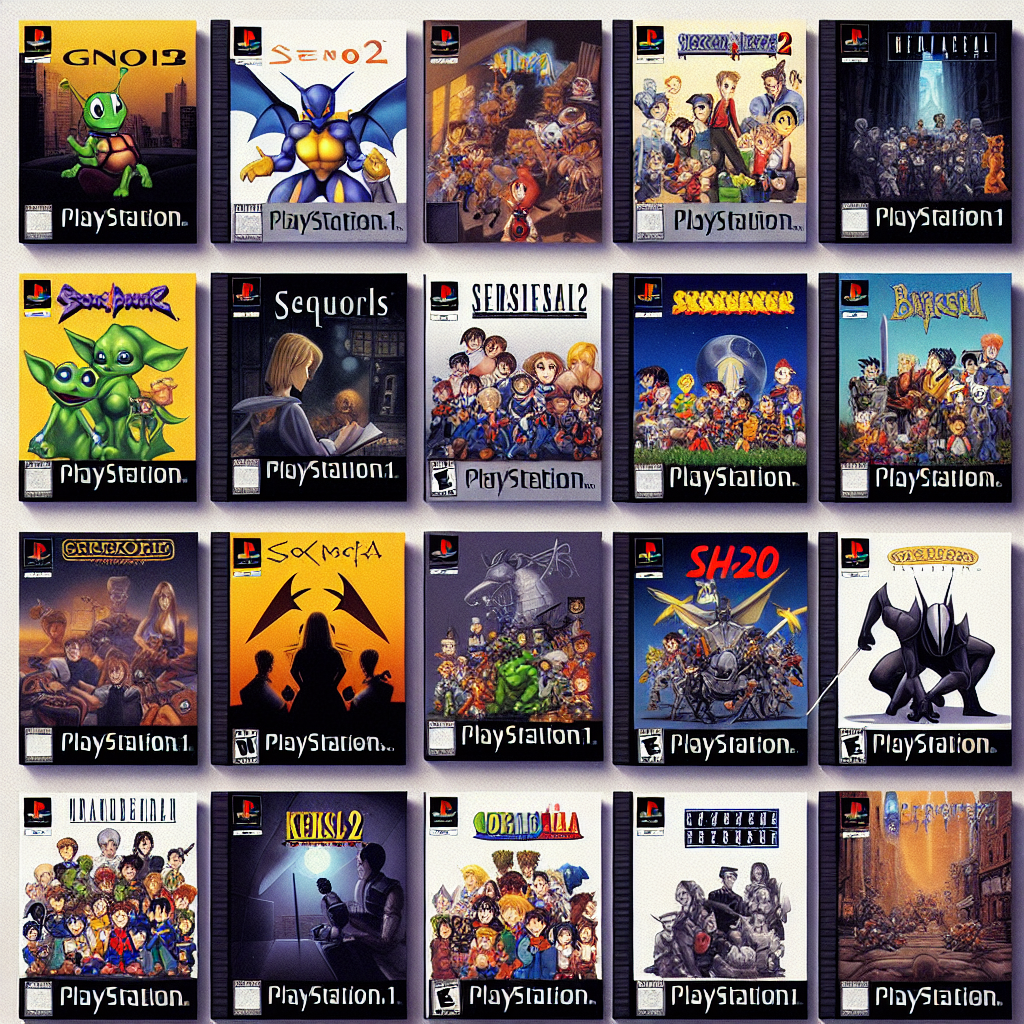


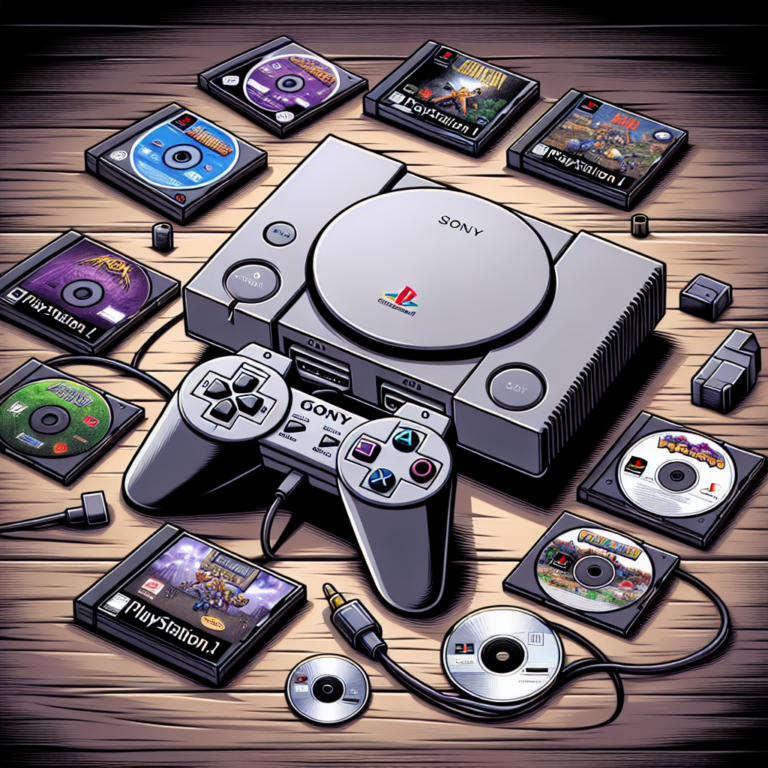
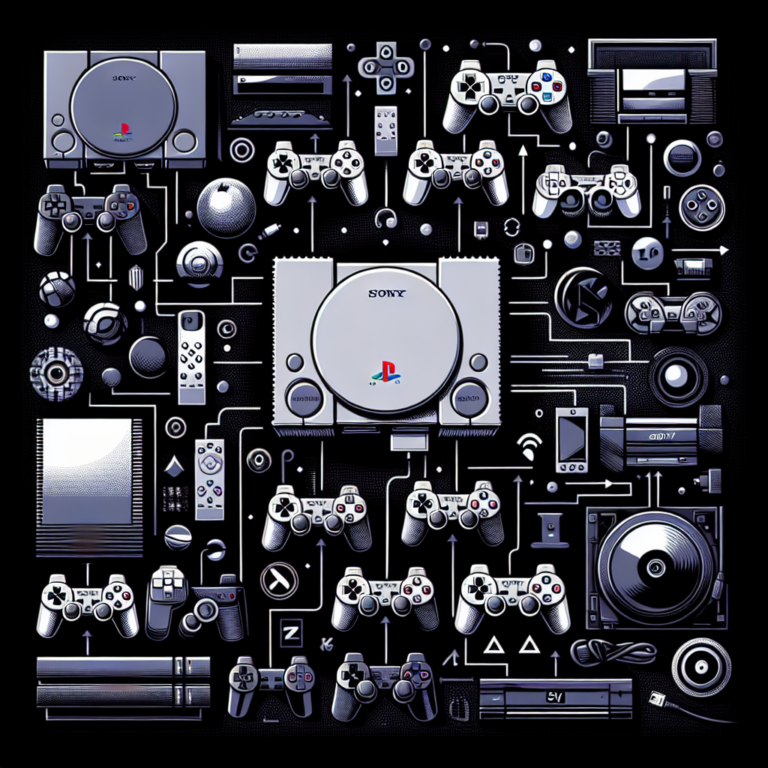
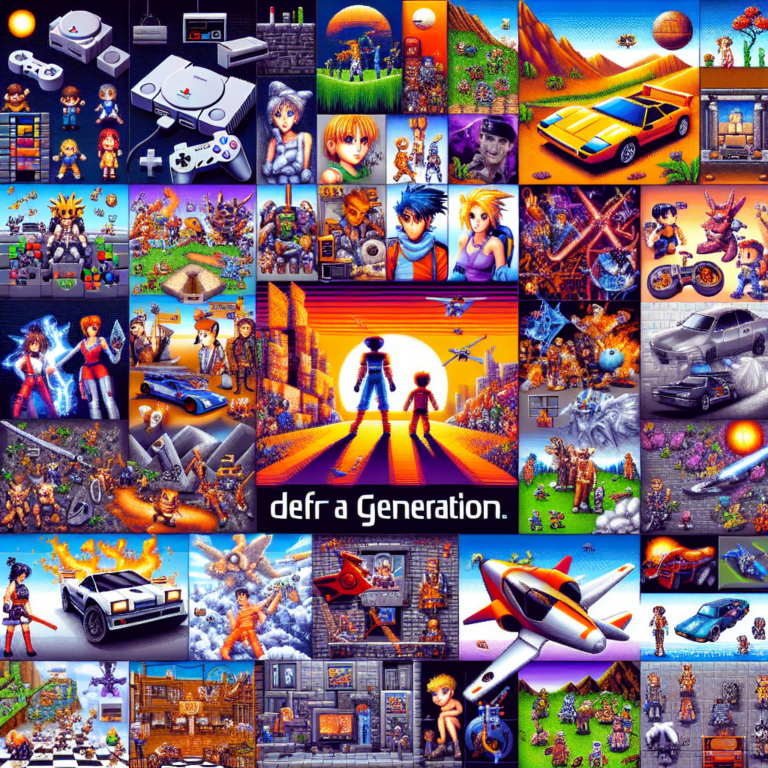
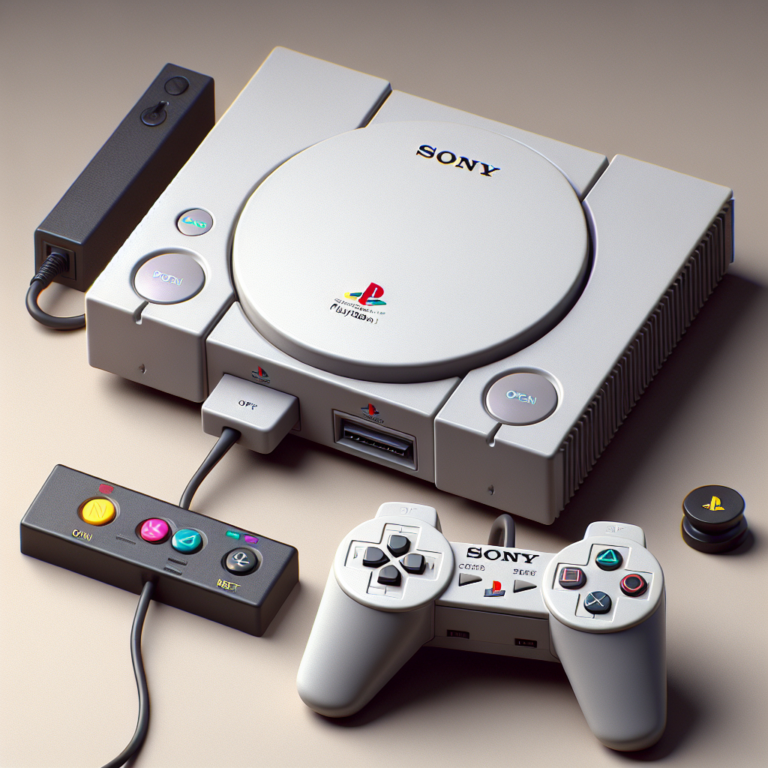
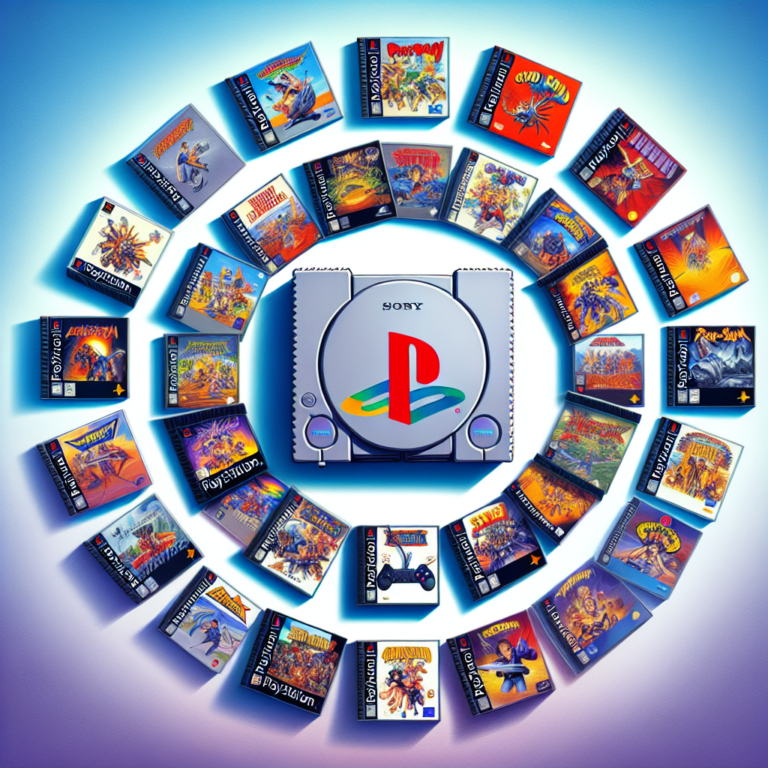
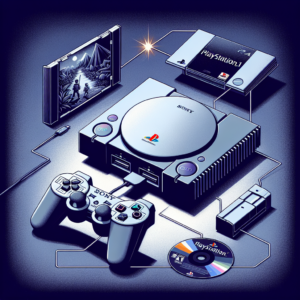









+ There are no comments
Add yours